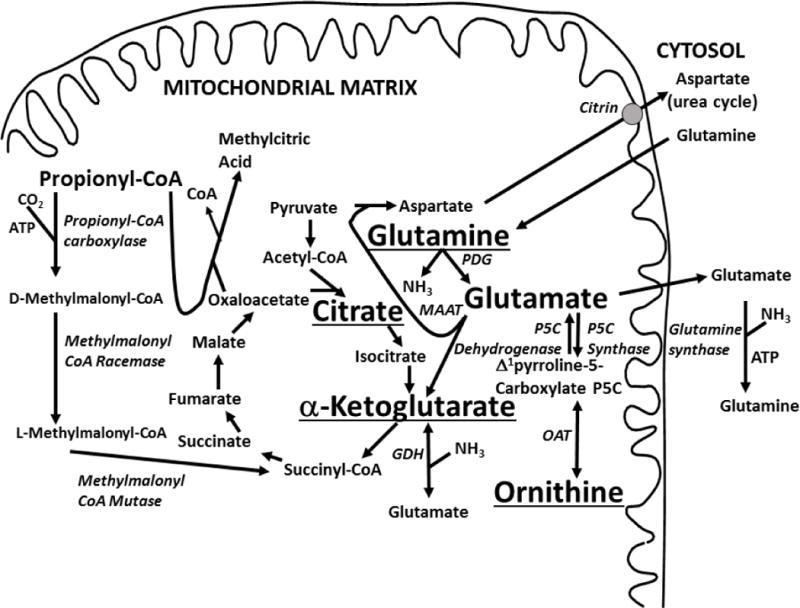Figure 1. Anaplerotic therapy in propionic acidemia.

The supplements used in this study (ornithine alpha-ketogluratate, glutamine and citrate) are shown underlined in respect to propionic acid metabolism and the tricarboxylic acid cycle. Propionyl CoA is normally carboxylated by propionyl CoA carboxylase to become D-methylmalonyl CoA. With the action of methymalonyl CoA racemase and mutase, this produces succinyl CoA that can enter the Krebs cycle and contribute to energy metabolism. In propionic acidemia, propionyl CoA accumulates and condenses with oxaloacetate to produce methylcitric acid. The decrease in oxaloacetate and succinyl CoA can impair the Krebs cycle, reducing the concentration of alpha-ketoglutarate. This can be repleted to the expense of glutamine and glutamate. Ornithine can be converted to glutamate by the action of two enzymes, ornithine amino transferase and Δ1pyrroline-5-carboxylate dehydrogenase. GDH: glutamate dehydrogenase; MAAT: mitochondrial aspartate amino transferase; OAT: ornithine amino transferase; PDG: phosphate-dependent glutaminase.
